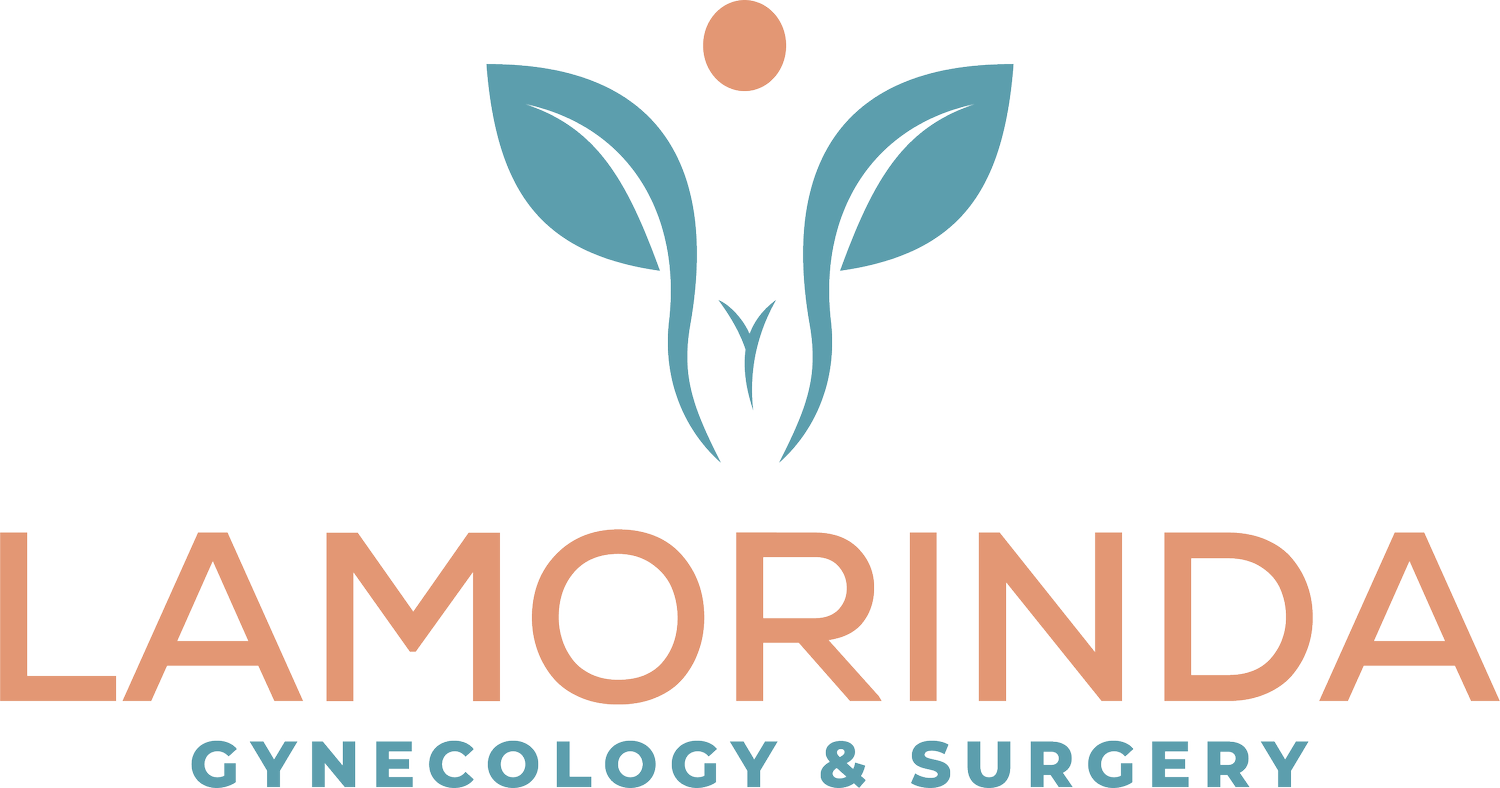Blog
Find answers to your gynecological questions. Use the search box below to find the help you need.
When Should You Consider Hormone Testing? Understanding the Role of Symptoms in Diagnosing Menopause
I generally recommend conducting these tests on day three of your menstrual cycle, provided you are still menstruating. This timing tends to provide a clear snapshot of where your hormone levels stand. However, interpreting these results isn't about finding a specific threshold that dictates a need for hormone therapy. Instead, it's about understanding the broader context of your symptoms and health status.
How to use Vaginal Estrogen Cream?
Another type of vaginal estrogen-the CREAM! You can either use the applicator to insert it or just put a little on your finger and rub it in!
How to Insert Estrogen in A Vaginal Ring?
This vaginal ring has 3 months worth of estrogen in it! It’s easy to insert. You won't feel it. You won't feel it during sex. You don't need to remove it. It's really easy. And if you don't want to be applying medication every day or every week, or you're not going to remember this, the E-string is great because it lasts for three months.
Common Myths About "Vaginal Estrogen"
There are three most common myths of vaginal estrogen.
That it's going to cause breast cancer or some other type of cancer.
That it's the same as regular systemic hormone therapy.
That you cannot use it with systemic hormone therapy.
Migraines with Aura and Estrogen Hormone Therapy – Why do these two things sometimes not go together?
The hormone estrogen is known to be a hormone that increases your risk of clots. That's why we often don't give it to patients who have medical conditions that increase the risk of clots and stroke, like diabetes, high blood pressure, smoking, or obesity. So you put two things together that both increase your risk of clots or estrogen, and then blood disturbances in your blood vessels that also increase your risk of clot and stroke.





